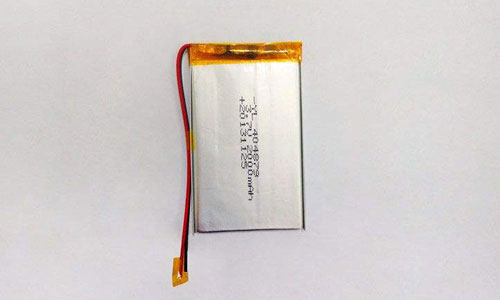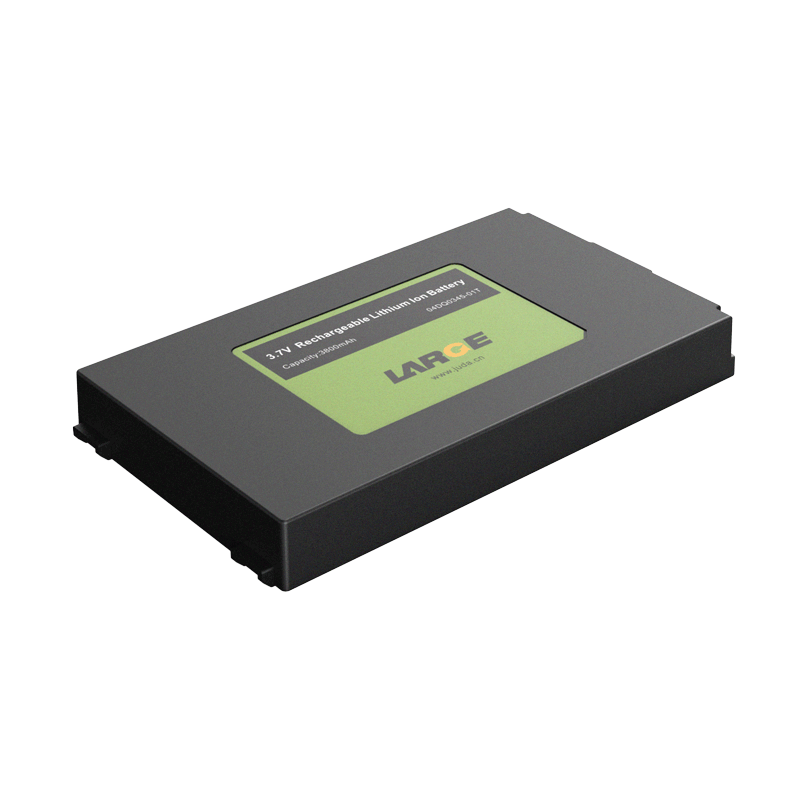Lipo Battery Self-Discharge Issues
Nov 26, 2019 Pageview:2603
lithium polymer battery (lipo battery) is a form of batteries that is rechargeable. It is based on lithium-ion technology. It is manufactured using a polymer electrolyte instead of the conventional liquid electrolyte. The LiPo batteries provide higher specific energy than conventional lithium batteries. They are very lightweight, that is why they are used in products where weight is a crucial feature, such as mobile phones, or radio-controlled aircraft.
LiPo batteries follow the footsteps of its predecessors Lithium-ion and Lithium-metal cells. Since the 1980s, this field has undergone numerous researches. Until in the year 1991 when Sony released its first commercial cylindrical Li-ion cell. That was the starting point of the achievements that have been done in the field since.
LiPo batteries have a great performance. They are smaller, lighter and have a higher power capacity than the Li-ion batteries. They are considered a valuable upgrade to the Li-ion batteries. Most of the LiPo batteries are not designed to last for more than 300 charge cycles. Many manufacturers claim that their LiPo batteries can last up to two or even three years. This is somehow equivalent to approximately 300 charge cycles. LiPo batteries over time lose their ability to hold a charge, which unfortunately is an irreversible process. The LiPo battery will continue to deteriorate until it will not be able to hold any single charge anymore.
Why does your LiPo battery self-discharge?
To fully understand what really happens inside a LiPo battery, we need to know the chemistry behind it. Anything that happened inside of a battery is a chemical reaction. The negative electrode is made of graphite material "same material found in your pencil". The positive electrolyte is made of a lithium transition metal oxide material. In healthy LiPo batteries, ions flow freely between the two plates, the cathode "negative side", and the anode "positive side". This flow is what causes energy. When charging the battery, ions are forced to reverse their paths to flow from the cathode to the anode instead, using what is called the battery reverse flow.
Over time, this process -the reverse flow- wears the cathode down, which in return reduces the battery capacity. For high-end LiPo batteries, after you hit the 1000 charge cycle, the capacity is reduced to only 20% of its original capacity. To fully imagine this process, imagine that whenever you recharge your electronic device you shave a few seconds of its maximum battery life. Take into consideration, that discharging and charging your battery in erratic weather conditions will decrease your battery's life span dramatically.
What is the self-discharge rate of LiPo battery?
All batteries that are based on the Lithium technology experience what is called self-discharge. Self-discharge is defined as the phenomenon where a chemical reaction takes place inside of the battery reducing the capacity of this battery. This chemical reaction happens without any connection between the electrodes nor any external factor or circuit. Self-discharge decreases the shelf life of batteries, which in return causes the battery to have an initially less than a full charge when they are put into a device.
Depending on the type of battery, self-discharge time is determined. LiPo batteries have an estimated self-discharge rate of approximately 5% per month. Which is an incredibly low rate when compared to NiMH batteries that have a self-discharge rate of 30% per month. And the NiCd batteries that have a self-discharge rate of 20% per month.
Do you need to fully-discharge LiPo batteries?
The short answer is No. You do not need to fully-discharge your LiPo battery before usage, when storing, or for any reason. LiPo batteries do not have a charge memory. Moreover, discharging a LiPo battery must be done in a professional matter or you risk some serious hazards. Discharging your LiPo battery below its discharging rate is very dangerous.
To better understand, let us discuss the concept of the discharge rate. The discharge rating represents the rate at which the LiPo battery can be safely discharged without harming the battery. Discharge rating is dependent on the capacity of the battery, that is why it is represented by a number followed by the letter C, which stands for Capacity.
For example, let us say you have a LiPo battery that has a 5 Amps capacity. On the battery, it is written that the discharge rate is 50C. To calculate it you simply multiply 50 by the capacity which is 5, the result would be 250A. Therefore, 250A is the discharge rating for this battery.
When it comes to charging and discharging LiPo batteries there are some safety regulations that you must follow. Please note that failure to follow these safety tips may result in a catastrophic result:
Never pick up a LiPo battery by its leads. The wires may be pulled off from the solder joints. Always pick it up by its body.
When charging, charge at a fireproof location. The usage of LiPo safe bags is preferable.
Never charge your battery immediately after usage, wait for it to cool down first.
It is recommended that you charge your battery at a rate of 1C or less.
Never leave your battery unattended when charging. Always check on it to make sure it is not getting warm or swelling.
Never try to charge a damaged LiPo battery, doing so may cause fire or an explosion.
Before charging, make sure that the number of cells and battery type match the numbers on your charger.
Avoid overcharging the battery.
Never leave your LiPo battery in the sun or in a hot car.
- Prev Article: Difference Between Li-ion And Li-ion Polymer Battery
- Next Article: Lithium Ion Battery On Concrete
Leave Message
Hottest Categories
-
Hottest Industry News
-
Latest Industry News











